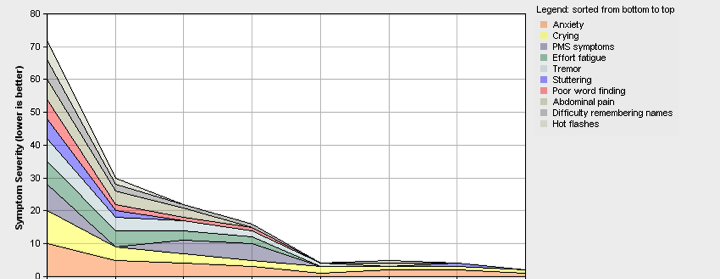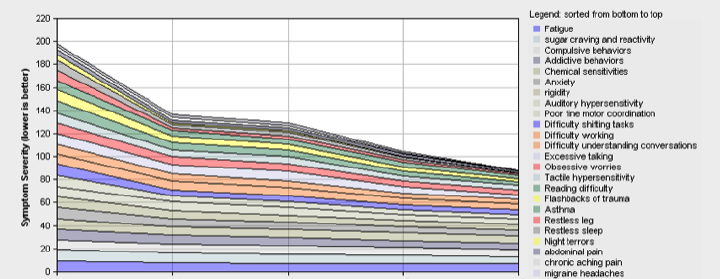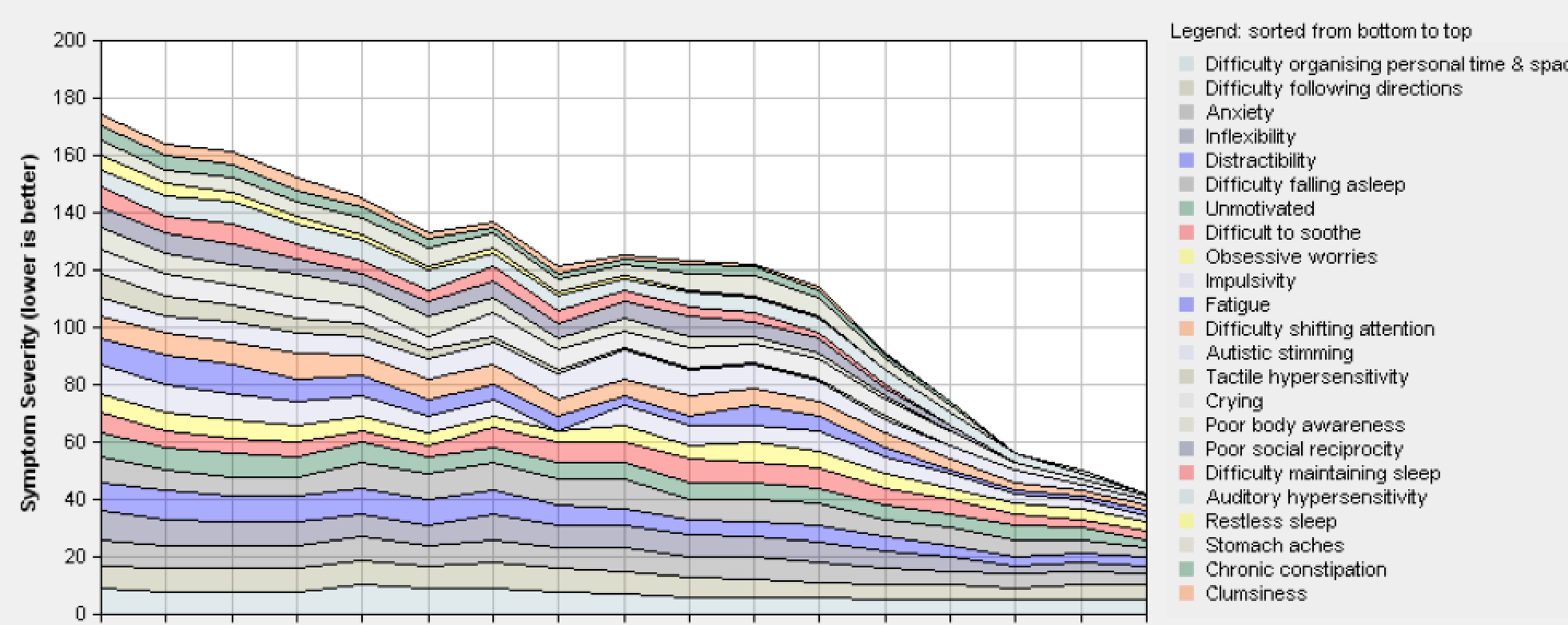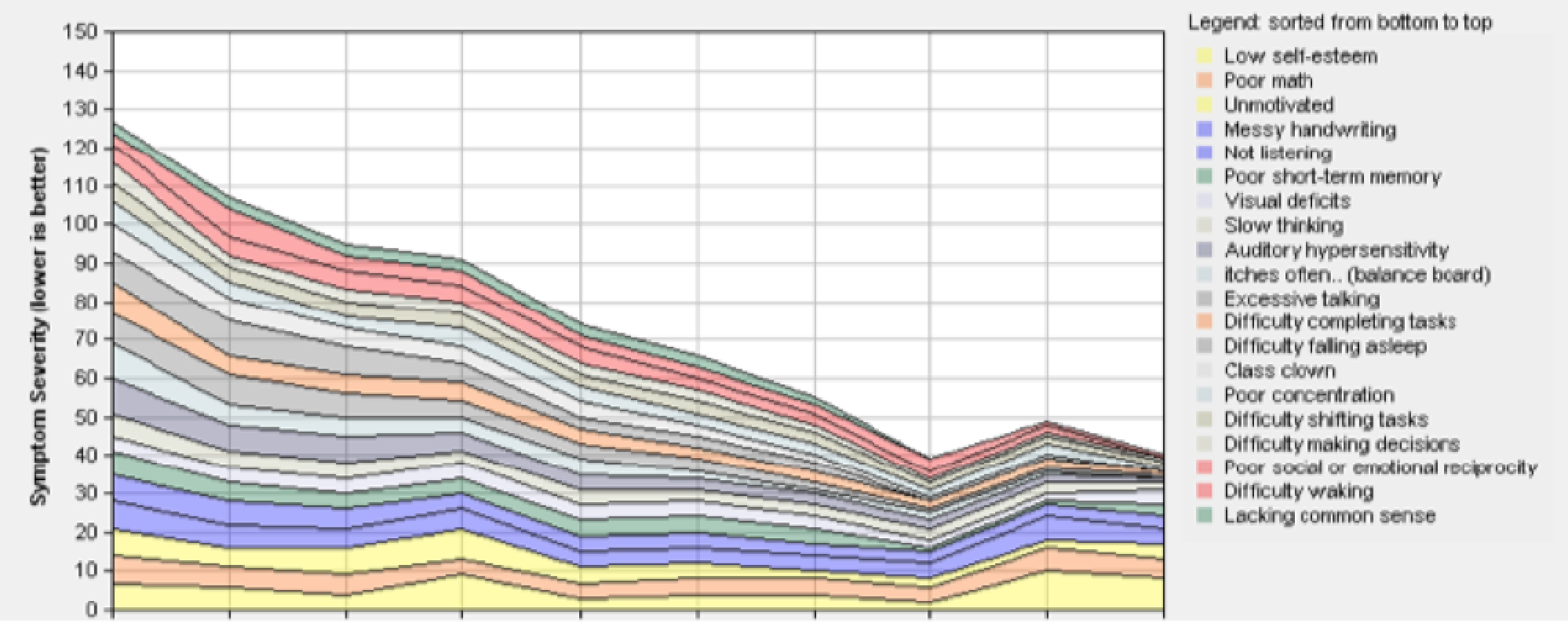Auditory Integration Training
“My 10-year-old child stated after a couple of days into the AIT therapy: ‘The buzzing sound is gone!’. His reading and writing has improved. There has been a great decrease in anxiety.”
“My 10-year-old child stated after a couple of days into the AIT therapy: ‘The buzzing sound is gone!’. His reading and writing has improved. There has been a great decrease in anxiety.”
“I have Rheumatoid Arthritis which is now in remission. I have a new flexibility and sleep very well. This has improved my quality of life.”
– A 92 year old woman
According to the ATEC scoring, my son does not qualify anymore for autism. Yes, I agree with Normand Doidge:
“…many ‘circuits’ and even basic reflexes that we think are hardwired, are not.”
The Brain That Changes Itself
Giving the brain a “second chance” (Sally Goddard)
Mental and emotional flexibility with stability
“The constant busyness in my head, the constant shifting of tasks have all but stopped. I can focus more clearly…My listening skills have greatly increased. Highly recommend for anyone young or old.”
“NeuroMovement® was an integral part of my healing toolbox that helped me go from the couch with chronic daily pain to hiking a mountain.”


Neurofeedback Training for Attention Deficit and Hyperactivity is recognized as the best support at level 1 on the hierarchy for interventions addressing Attention Deficit Disorder, Published by the American Academy of Pediatrics Mental Health.

Case studies looking at the progress on a Symptom Tracking Report for clients who benefited from neurofeedback training

Generalized anxiety with panic attack: 40-year old

a total of 70% in symptom severity before starting neurofeedback training down to a total of 0.03% symptoms severity after 60 sessions of neurofeedback training.
I did not realize that I had so much anxiety! I thought that it was normal!

Dyslexic 16-year old

a total of 99% symptoms severity before starting neurofeedback training down to a total of 45% symptoms severity after 20 sessions of neurofeedback training

Autistic 7-year old

a total of 88% symptoms severity before starting neurofeedbak training down to a total of 20% symptoms severity after 20 sessions of neurofeedback training.

Learning Challenged, 10-year old

a total of 83% symptom severity before starting neurofeedback training down to a total of 28% symptom severity after 20 sessions of neurofeedback training.
"Neurofeedback is applied neuroscience—it is a new frontier in helping innumerable people who up until now have been condemned to just make the best of feeling chronically fearful, unfocused and disengaged."
- Bessel A. van der Kolt, MD
